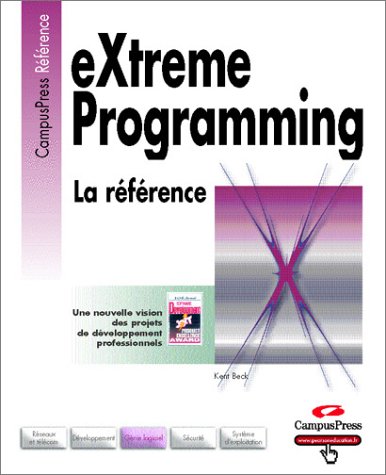What do you think?
Rate this book


The book intends to describe what XP is, its guiding principles, and how it works. Simply written, the book avoids case studies and concrete details in demonstrating the efficacy of XP. Instead, it demonstrates how XP relies on simplicity, unit testing, programming in pairs, communal ownership of code, and customer input on software to motivate code improvement during the development process. As the author notes, these principles are not new, but when they're combined their synergy fosters a new and arguably better way to build and maintain software. Throughout the book, the author presents and explains these principles, such as "rapid feedback" and "play to win," which form the basis of XP.
Generally speaking, XP changes the way programmers work. The book is good at delineating new roles for programmers and managers who Beck calls "coaches." The most striking characteristic of XP is that programmers work in pairs, and that testing is an intrinsic part of the coding process. In a later section, the author even shows where XP works and where it doesn't and offers suggestions for migrating teams and organizations over to the XP process.
In the afterword, the author recounts the experiences that led him to develop and refine XP, an insightful section that should inspire any organization to adopt XP. This book serves as a useful introduction to the philosophy and practice of XP for the manager or programmer who wants a potentially better way to build software. --Richard Dragan
Topics covered: Extreme Programming (XP) software methodology, principles, XP team roles, facilities design, testing, refactoring, the XP software lifecycle, and adopting XP.
240 pages, Paperback
First published October 5, 1999
